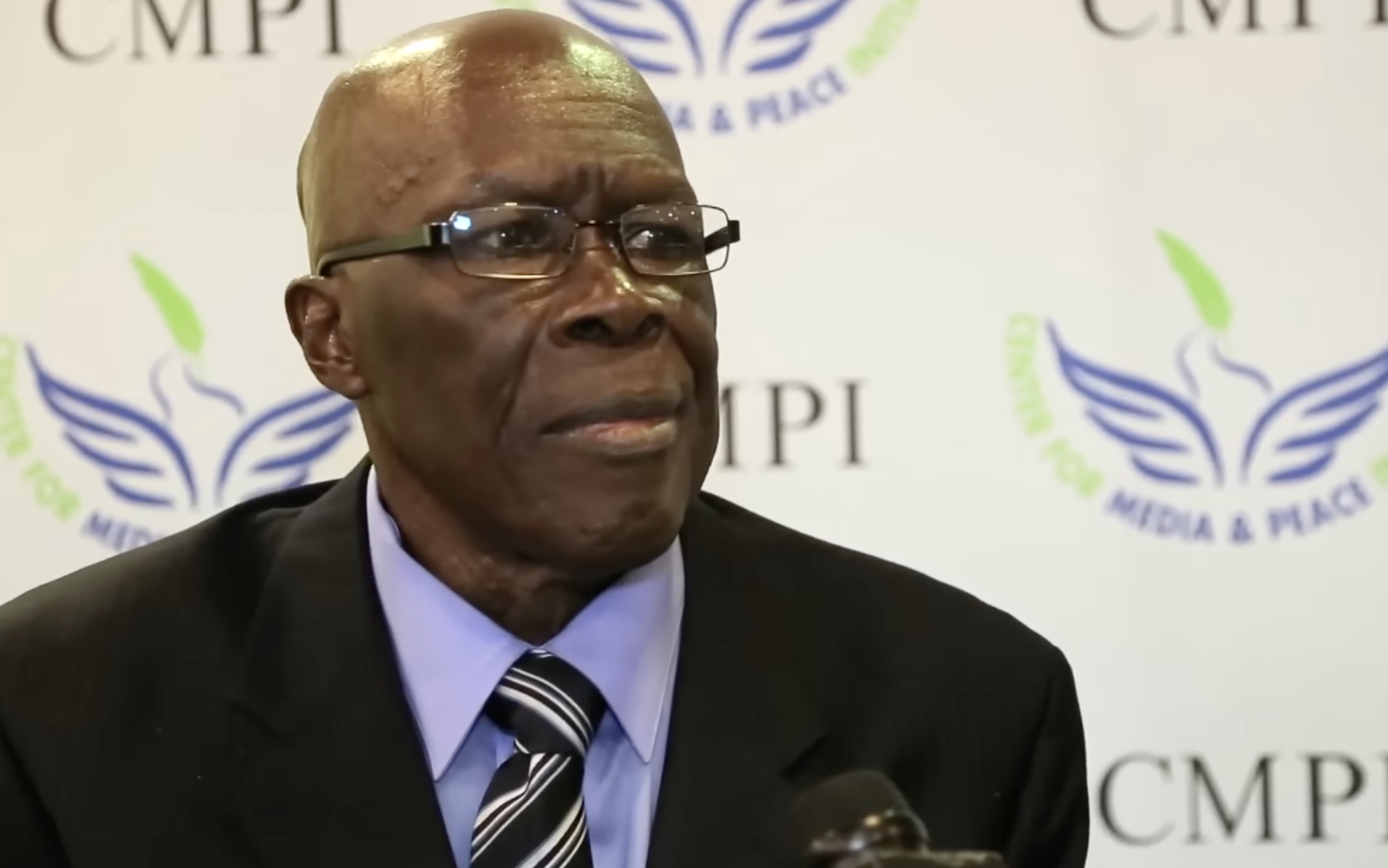UN Report: 138 Million Children in Labor, 54 Million in Dangerous Work Globally

A recent report by the International Labour Organisation (ILO) and the United Nations Children’s Fund (UNICEF), released ahead of World Day Against Child Labour on June 12, reveals a stark reality: nearly 138 million children were engaged in child labour globally in 2024. Of this staggering number, 54 million were involved in hazardous work that directly endangers their health, safety, and overall development. This day of awareness, alongside the International Day of Play marked on June 11th, serves to highlight the ongoing crisis affecting millions of children worldwide.
While the report indicates some progress, with child labour figures declining by more than 20 million since 2020 and over 100 million fewer children in child labour compared to the year 2000 (despite a significant increase in the global child population), the world has unfortunately missed its crucial target of ending child labour by 2025. The current rate of progress, though positive after concerns of deterioration post-COVID-19 pandemic did not materialize, is deemed insufficient. To achieve the goal of eliminating child labour within the next five years, the present pace would need to be accelerated elevenfold.
In light of these global challenges, the Read and Earn Federation for UNESCO (UNESCO REF) has issued an urgent call to action, specifically urging Nigerian President Bola Tinubu to intensify the nation's commitment to ending child labour. UNESCO REF President Abdulsalami Ladigbolu-Oranmiyan emphasized the need for the President’s Renewed Hope Agenda to firmly align with the United Nations’ global agenda for sustainable development, ensuring that efforts to combat child labour are prioritized.
The organization further stressed the importance of strengthening partnerships with key stakeholders. These include UN agencies, global education advocates, humanitarian groups, and local change-makers who prioritize child protection and education over commercial interests. The UNESCO REF President called for renewed action and commitment to protecting children’s rights, aiming for a future where every child has the opportunity to learn, dream, and thrive.
For Nigeria, the World Day Against Child Labour holds particular significance as it coincides with Democracy Day. Ladigbolu-Oranmiyan highlighted this, stating it serves as a 'powerful reminder that true democracy must extend beyond political structures to ensure freedom, dignity, and opportunity for every citizen, especially the children who hold the key to our shared future.'
Child labour remains a stark violation of fundamental human rights, depriving millions of children of their education, security, and the chance to contribute meaningfully to society. The repercussions are extensive, significantly impeding national development, economic stability, and the successful achievement of the United Nations Sustainable Development Goals (SDGs), particularly SDG 8.7, which explicitly calls for the eradication of child labour in all its forms.
While acknowledging Nigeria’s progress and commending the government’s ongoing dedication to child welfare, UNESCO REF stressed that this day must serve as a catalyst for renewed action. It calls for all sectors, both public and private, to commit to a future where no child is forced into labour, and every young Nigerian can access education and opportunities for a brighter future.
The ILO and UNICEF report outlines several policy imperatives critical for success in eradicating child labour. These include ensuring free and high-quality schooling to provide a viable alternative to child labour and to facilitate successful transitions from school to decent work. Furthermore, education systems must be equipped to support the school-to-work transition, particularly for older adolescents who face heightened occupational safety and health risks in the labour market.
Strengthening legal protections against child labour, aligned with international standards, is also crucial to lay the groundwork for effective prevention and enforcement. The report emphasizes that targeted policies to end child labour must be integrated with broader development strategies. Child labour concerns need to be systematically mainstreamed into economic and social policy planning, encompassing everything from macroeconomic frameworks to labour market reforms and sectoral strategies.
The latest estimates underscore the immense challenge of ending child labour. However, they also highlight the progress made and affirm the possibilities for success. The report concludes that 'we have the blueprint for success – the right policies, adequate resources and unwavering commitment. Now is the time to act to free future generations from child labour.'











